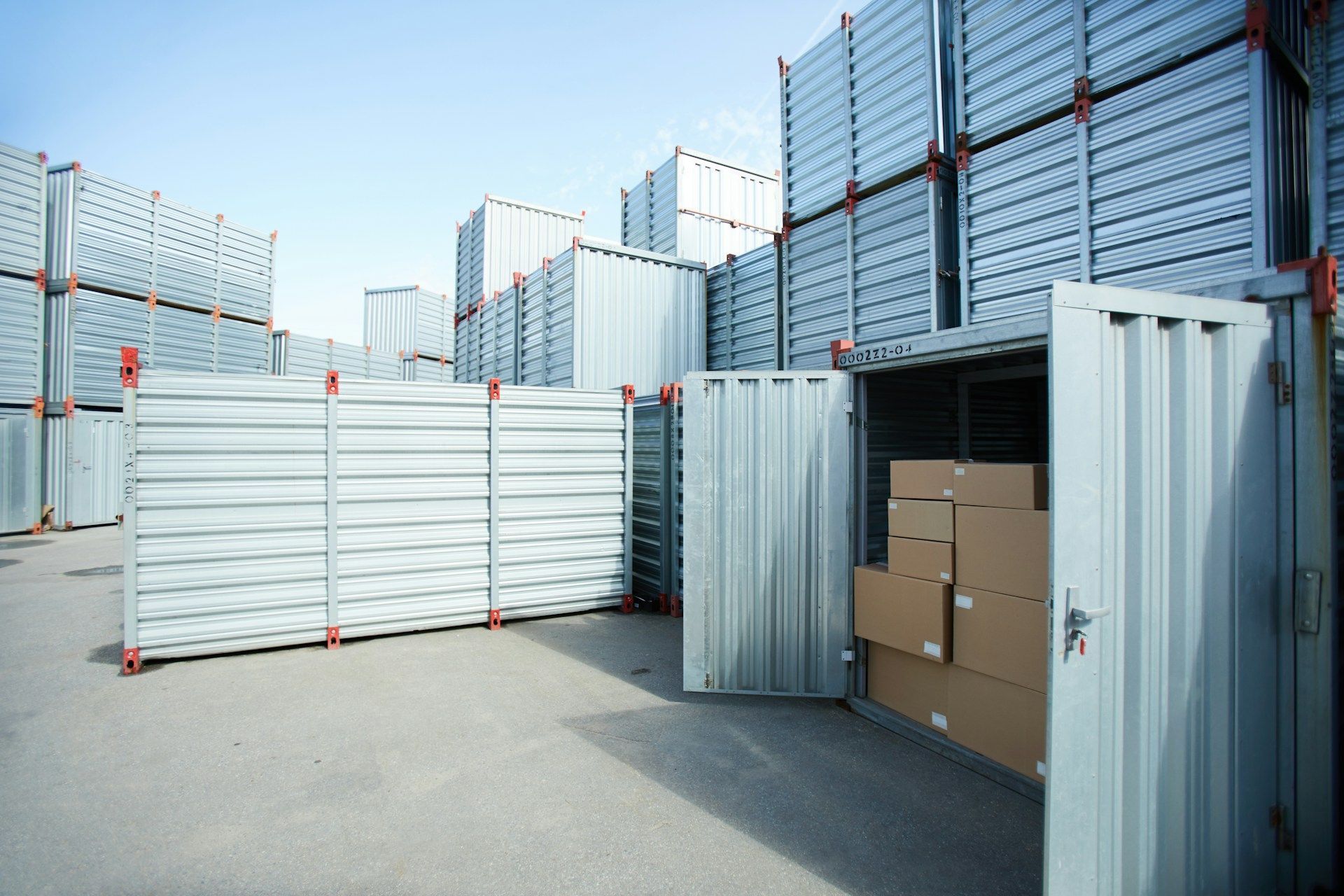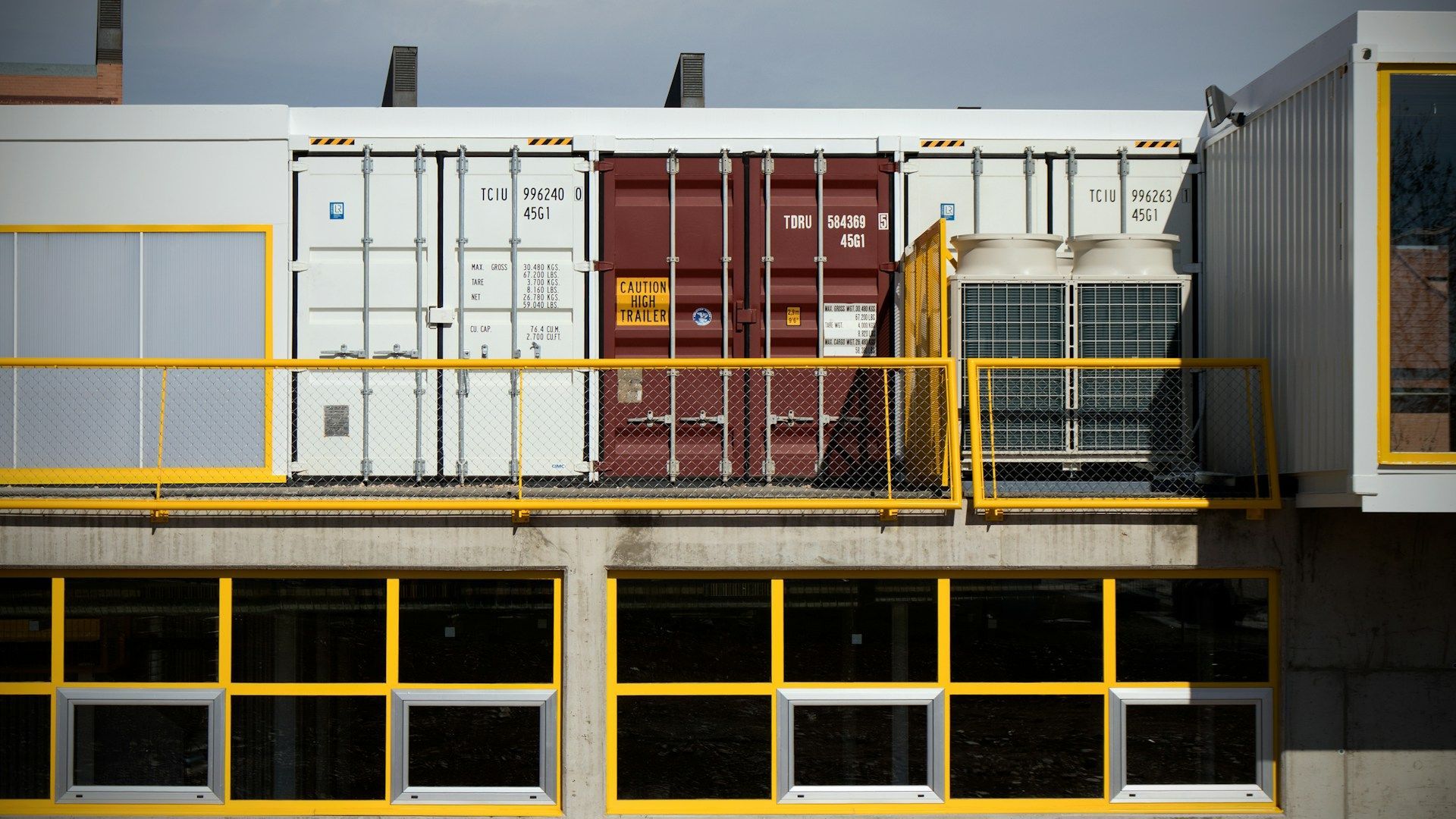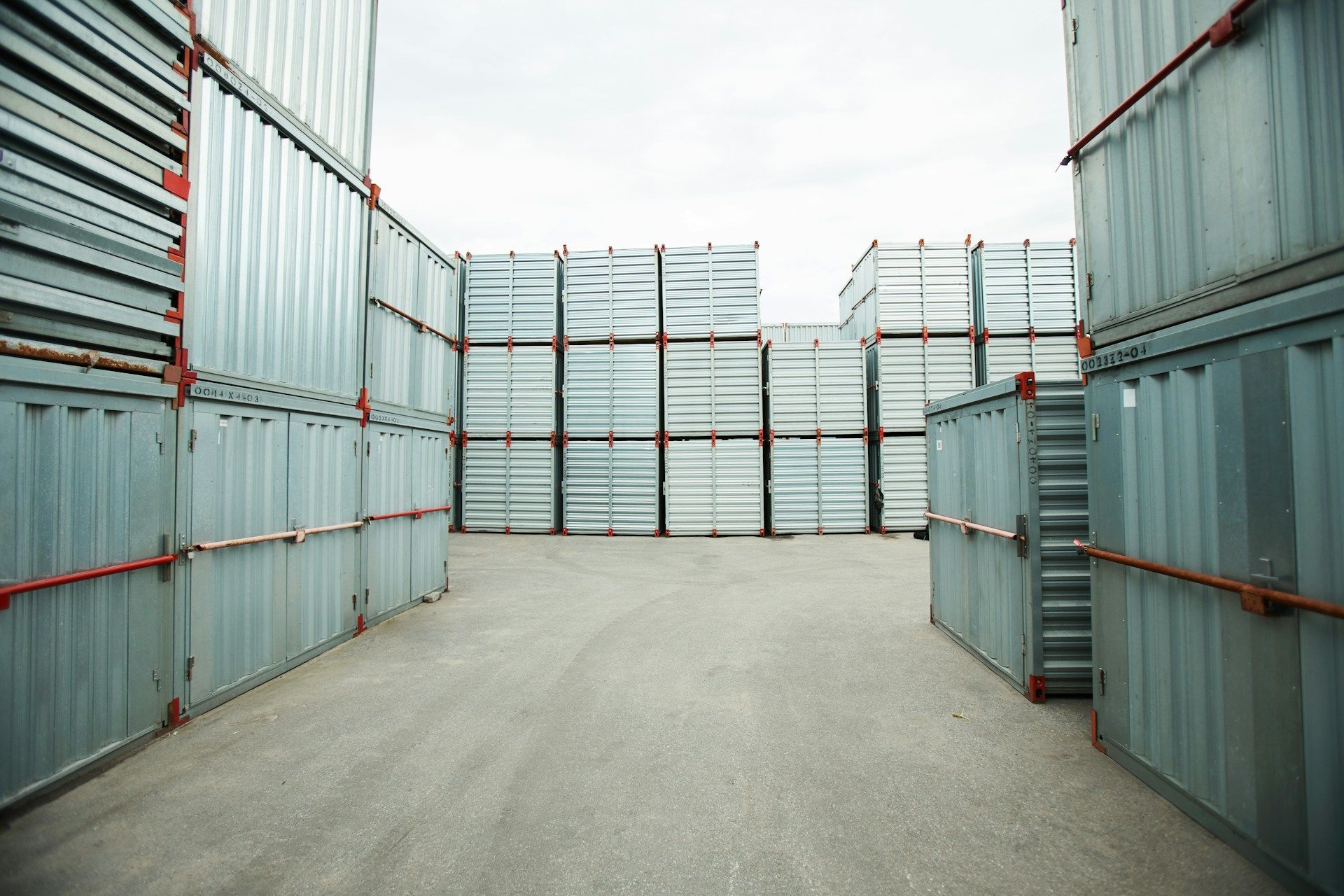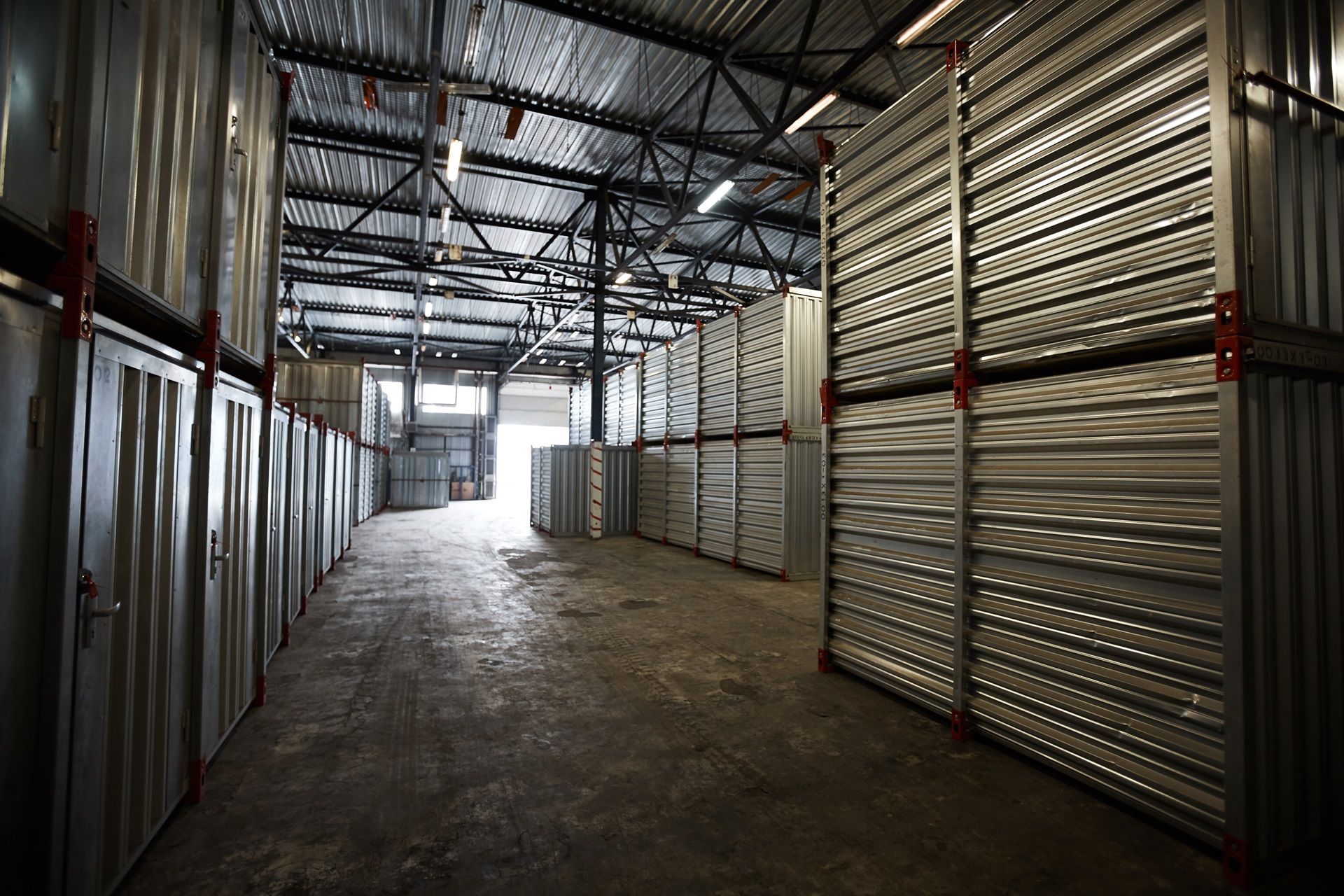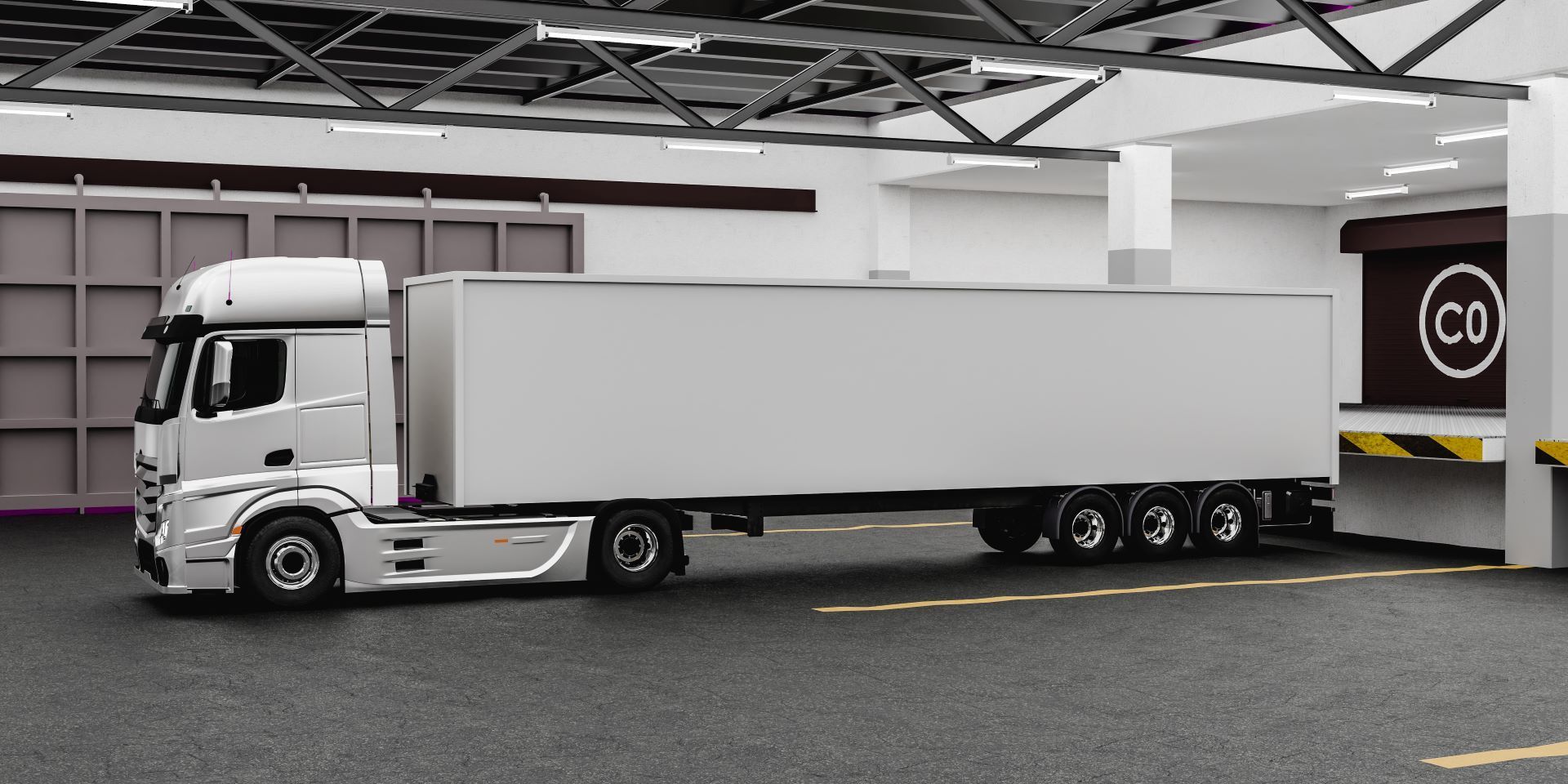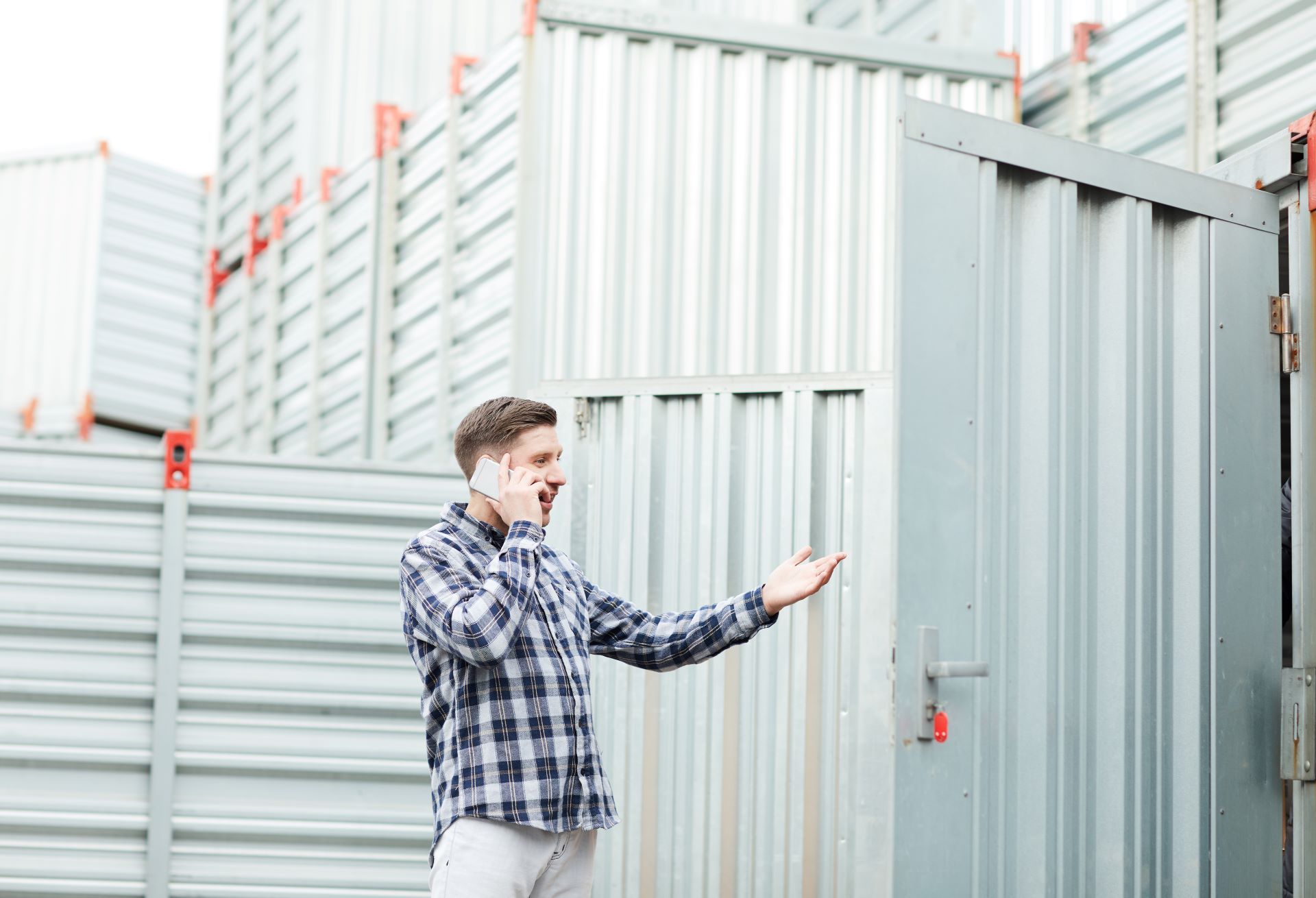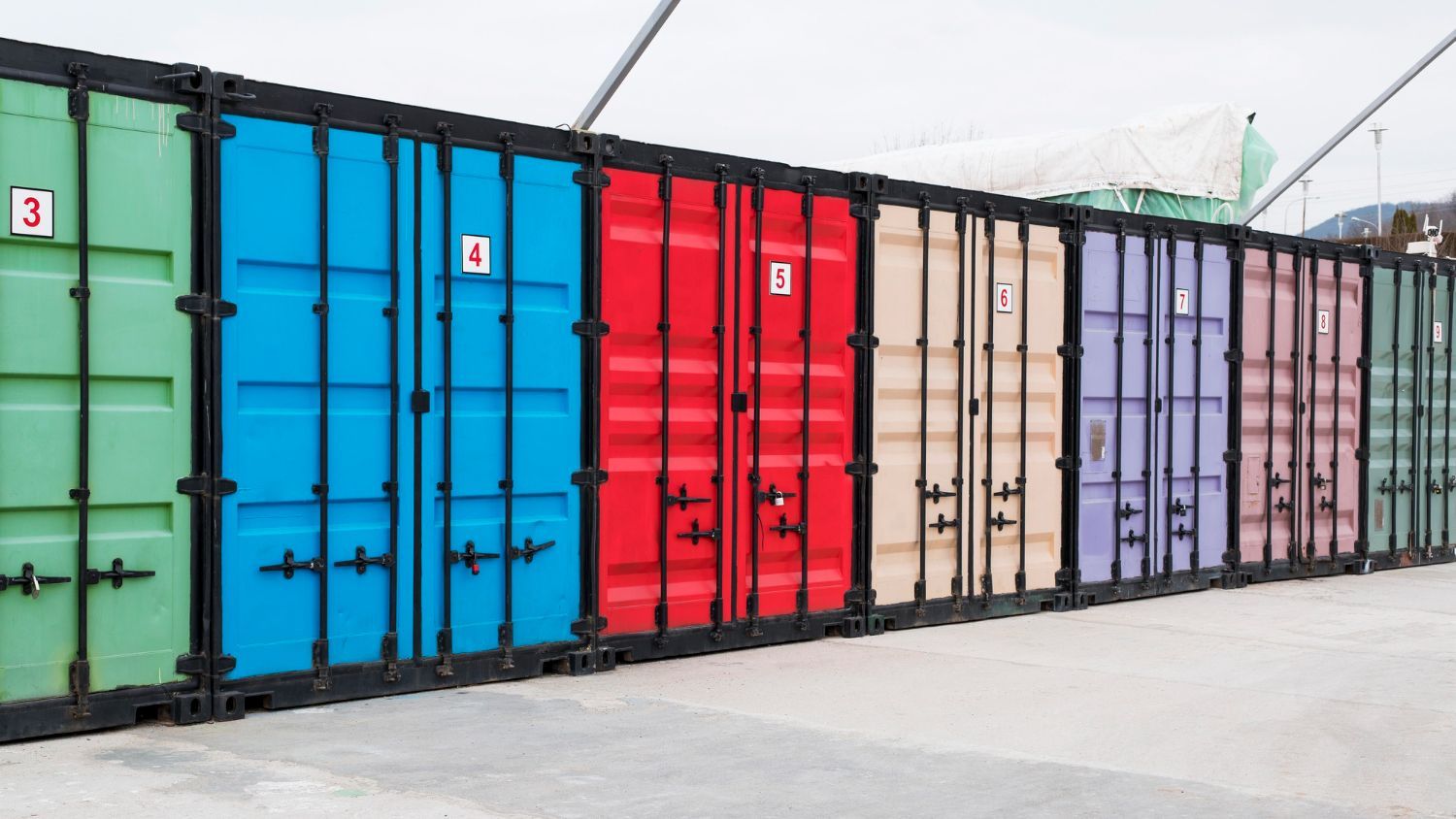OUR BLOG
Shipping Container Types: Which is right for you?
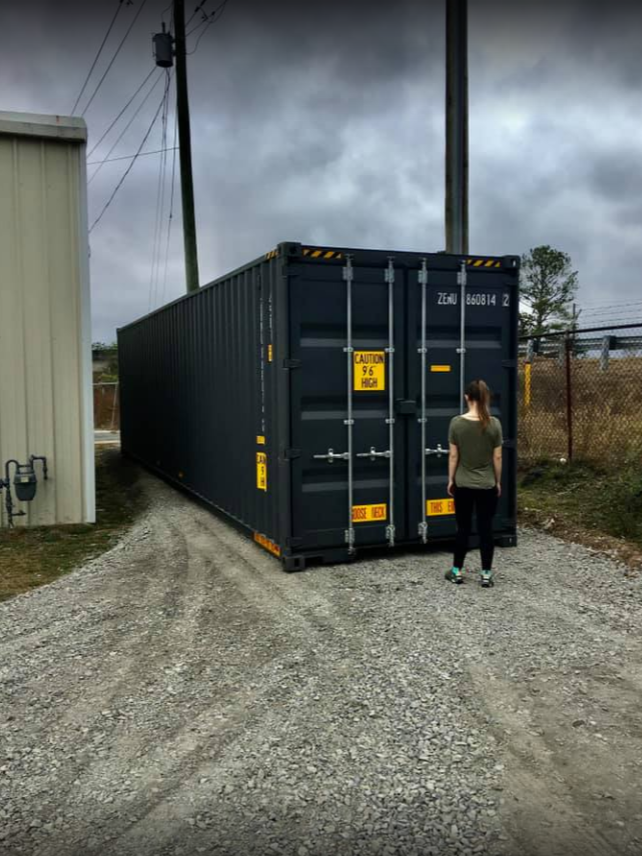
Shipping Container Types: Which is right for you?
Knowing the type of shipping container suitable for your needs is ideal. While you may think that every container is efficient and durable, this is not the case. Containers can be different in their cost, performance, and aesthetics. Deciding to get one that suits your needs is crucial to avoid future frustrations.
Making the appropriate choice assures you that your belongings will arrive without damage. If you do your assignment right, the type of container you pick will deliver your goods while intact. You need to understand the various types of shipping containers there are.
What Are the Types of Shipping Containers?
Tank containers
A tank container helps if you are transporting fluids. Tank containers are cylindrical and have a strong steel frame. They entail anti-corrosive material. These types of containers can carry petroleum, chemicals, and other fluids. Apart from shipping liquids, they also ship gases, non-hazardous and hazardous.
Reefer ISO container
Using standard containers is appropriate for dry cargo. However, if you have temperature-sensitive items on your shipment, ISO reefer containers are what you need. These refrigerated containers maintain low temperatures during shipping. They have an external power source.
Refrigerated ISO containers are like dry storage containers but can keep the container at a lower temperature than the outside. Their temperature control capability fits goods that require a specific temperature. Such a modified shipping container can transport perishable substances like fruits and vegetables over long distances.
Double door containers
Double doors are ideal for loading and unloading cargo. These types of shipping containers are comprised of iron and steel. They transport materials, like construction materials.
Swap bodies
These shipment containers are intermodal. They have foldable legs to support them as they move in between their different modes of transport. They are common in Europe; they swap bodies from a truck chassis to a rail car. They weigh and cost less than a standard shipping container.
Special purpose containers
They come in different sizes and shapes and are custom-made for freight.
Car carriers
These shipping units transport vehicles, liquid materials, and special cargo such as weapons. They work specifically to ship cars.
Half-height containers
Some goods are not very big but are so tremendously heavy. Packing them in small quantities manages their weight. If put in standard containers, the space inside becomes wasted. Half-height containers are half the height of ordinary dry containers. They can store heavy goods like coal and stone without wasting space.
Drums
These cylindrical container units are comprised of fiber, steel, or plastic. They ship granular materials or liquids.
Dry storage containers
These are the most common types of shipping containers. They do not require temperature control; they ship dry goods and materials. Almost all goods that do not require a specific temperature use these containers. They are common in the shipping industry. Most of them come in container dimensions of 10ft, 20ft, and 40ft in size.
Open top shipping container
These containers use ropes or plastic ships at the top to secure the cargo from weather conditions. They load and unload cargo higher than the height of standard containers. They ship bulk freight.
Flat rack container
These containers carry freight that is either weird in shape or is heavy. They do not have a roof above them or walls on the side.
Flat rack containers can have a side that is collapsible and can fold down.
Open side storage container
Some goods can fit inside standard-size containers but cannot get in through the door. Open side containers have one side that allows easy loading for wide merchandise.
Tunnel container
These containers resemble a tunnel as they have doors on both ends. They are like standard containers, but the two sets of doors enable easy loading and unloading of cargo.
Insulated and thermal container
These modified shipping containers have regulated temperature control to maintain high temperatures that keep the cargo warmer. They have insulation in their body and mechanical compressors. Insulated containers can keep temperatures steady for longer durations in higher temperatures.
Pros of The Different Types
- Containers transport different goods; you can get a container that suits the variety of goods you have. You can ship fluids or cargo that requires a specific temperature using modified shipping container types. There are containers for every kind of good that need shipment.
- Managing container shipping is easy because each shipping is a registered unit with a unique identification number. Each identification number assigned to a container helps in verification at the ports.
- Powerful container ships reduce the transshipment time of each container. Loading and unloading containers are manageable because each type suits the cargo it carries.
- Shipping containers are safe and secure. They are heavy-duty, and each has a design that is cargo-worthy. They are also durable and reliable. Shipping containers can last for up to 25 years.
Cons of The Different Types
- Space limitations – Each container type takes up a lot of space. Terminals must have enough space to stack them to accommodate more that come in and go out.
- Infrastructure prices – Shipping containers require a lot of infrastructure costs at their terminals and ports to upgrade equipment as technology advances.
- Transferring the empty containers – Shipment companies use a lot of money to reposition empty containers due to demand-supply balance.
- Container management failure – Effective terminal management of the different containers creates order and ensures the cargo arrives in one piece, especially perishable goods.
How To Choose Which Type Is Right for You
There are different factors you should put in place in your decision. First, decide on the size you need based on the cargo you will ship. Shipping containers have different sizes that suit various products. There are 10ft, 20ft, and 40ft. The most used sizes are the last two, as they ease transportation.
Second, consider the type of cargo you want to ship. Some goods come in different shapes, sizes, and weights. Freight that has perishable goods will need a refrigerated shipping container. If you are transporting liquids, you need a tank container.
Lastly, consider the cost of the shipping container. Various factors count when analyzing the price of a container. Consider the size, age, and condition of the container matter. Old and worn-out containers should cost less than those in pristine condition.
Contact The Shipping Container Professionals in Atlanta, GA
Choosing a shipping container that suits your needs can be challenging. If you require help in choosing one, get in touch with Atlantic Trailer Leasing and Sales LLC at 678-944-8433. We will provide you with exactly what fits your needs and budget.
